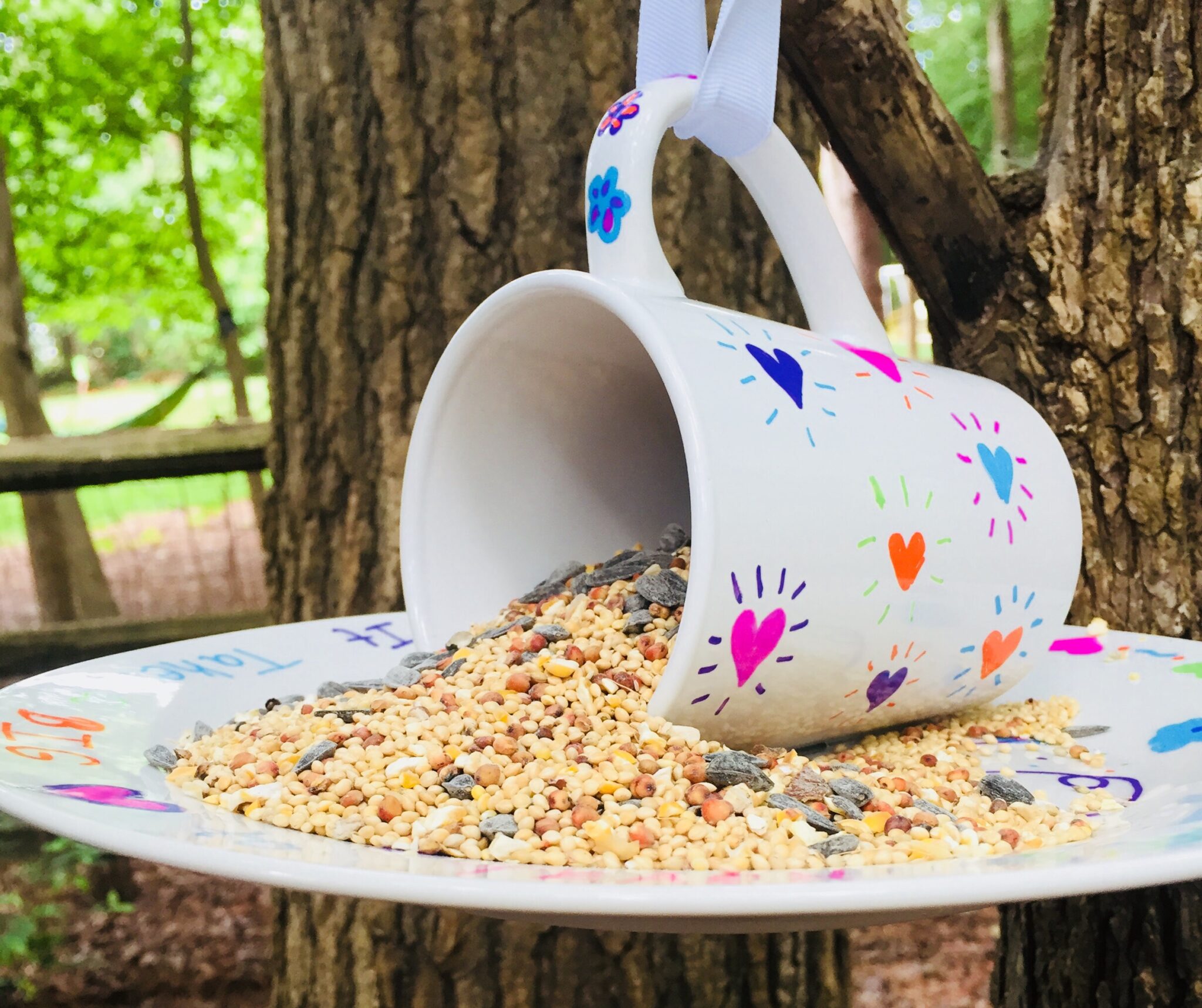Craft Ideas With Paper For Adults
Craft Ideas with Paper for Adults: Forget coloring books! This isn’t your grandma’s paper crafts. We’re diving headfirst into a world of intricate paper cuts, mind-bending origami, and dazzling paper quilling – all designed to unleash your inner artisan. Prepare for a paper-fueled adventure that’s as sophisticated as it is satisfying. Get ready to transform …


